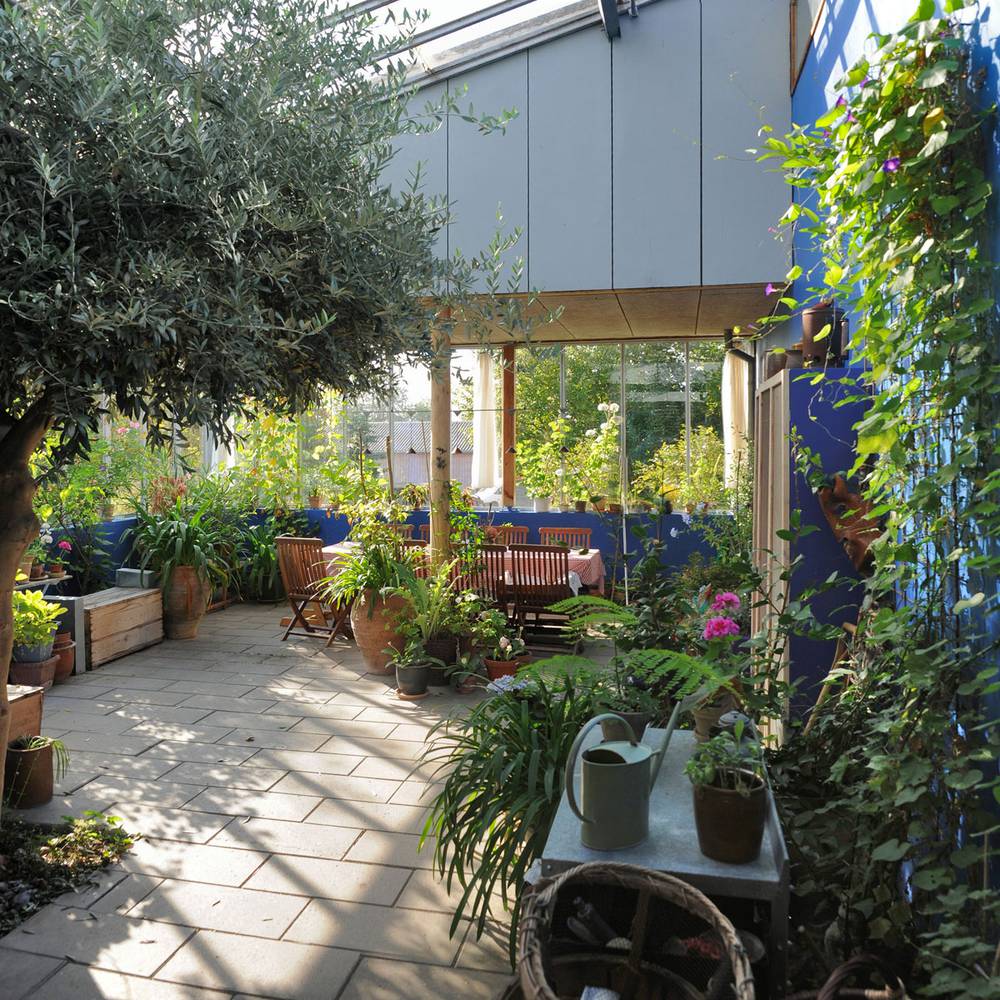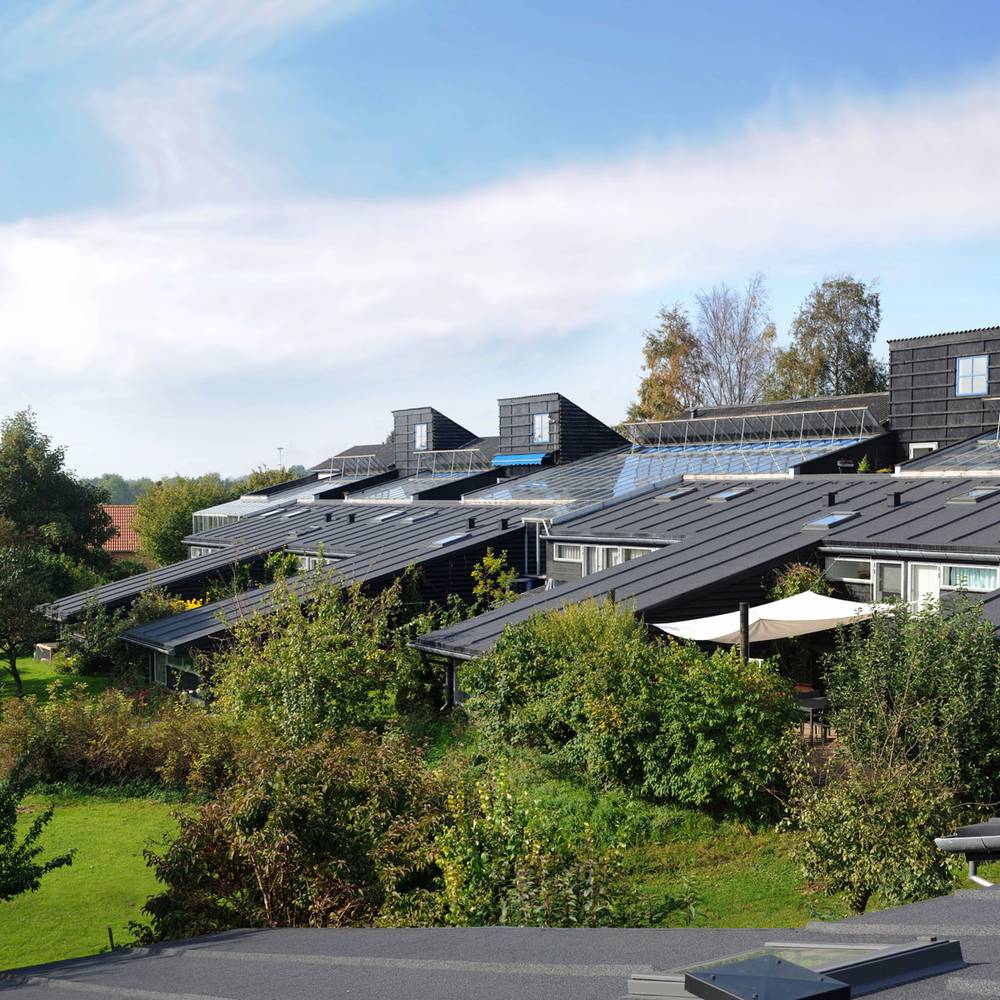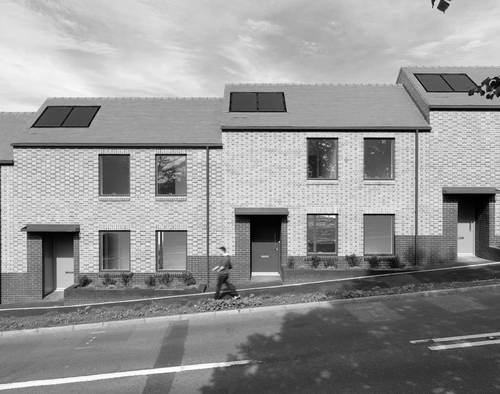Talking Cohousing
December 2015
By Kyle Buchanan
A couple of the Archio team went along to the Museum of Architecture discussion on cohousing at the Building Centre this week. The panel (Stephen Hill, Maria Breton [both Cohousing Network], Meredith Bowles [Mole Architects], and David Saxby [Architecture 00]) presented various viewpoints on cohousing in its current state in the UK. Cohousing was well summed up by the chair Irena Bauman as innovative, agile, and at times complex. It is certainly all of these.
It is often hard to know what constitutes cohousing, it was described by Maria Breton as more of a way of life than a development type. It was true that the various examples and initiatives discussed were tied together by a desire to enter into some form of collective living, rather than a particular user-group, architectural typology, or delivery method.
Maria noted that“bricks and mortar are important, but more important is the social fabric”which I took to mean that a large part of what makes successful cohousing is the powerful sense of ownership that can develop in conceiving and imagining a place to live of one’s own.
There are currently a number of obstacles to cohousing in the UK from the difficulty of securing finance, to the cost and scarcity of land, and the lack of an established model for delivery. The cohousing projects that succeed seem to have a close and effective team of people driving their vision of collective living forward. I can see that the process of realising a collective (in varying degrees) environment to live in, a small fragment of city, could be a very powerful tool in galvanising a community. I can also see that the process could easily go astray.
Ione questioned what happens to developments once the original founding members begin to be replaced by newcomers. Does that original sense of community begin to erode; is there a sense that somehow the newcomers have not been through the same struggle in creating their living environment?
Another member of the audience asked an excellent question about how cohousing can exist in dense urban areas, where the ‘typical’ shared communal outdoor area might be more difficult to achieve. This developed into an interesting discussion about cluster models, and examples where cohousing has been established in apartment blocks, by vacating one of the flats to use as a common house.
I was interested in whether cohousing could offer a meaningful alternative to traditional development models, and there seemed to be several aspects that could be attractive to developers who were prepared to partner with a cohousing group. The potential to de-risk the process by having a buyer before you even begin the design stage, the potential to raise equity from your buyers to fund the construction, and the fact that you can demonstrate very strong community engagement to the planning authority, could all make this an attractive development model. David Saxby noted that developers engaging in cohousing often spend their marketing budget on recruiting a suitable cohousing group at the beginning of the development.
Perhaps one of the more interesting consequences of developers working with cohousing groups is the possibility to deliver housing that truly responds to the needs and requirements of the buyers. In a world of housing shortages and mass house building, too much UK housing is designed to be cheap to build rather than suitable to live in. Perhaps cohousing is where we need to look if we want to build truly locally distinctive towns and cities.

Photo credit Seier+Seier

Photo credit Seier+Seier

Photo credit Seier+Seier
